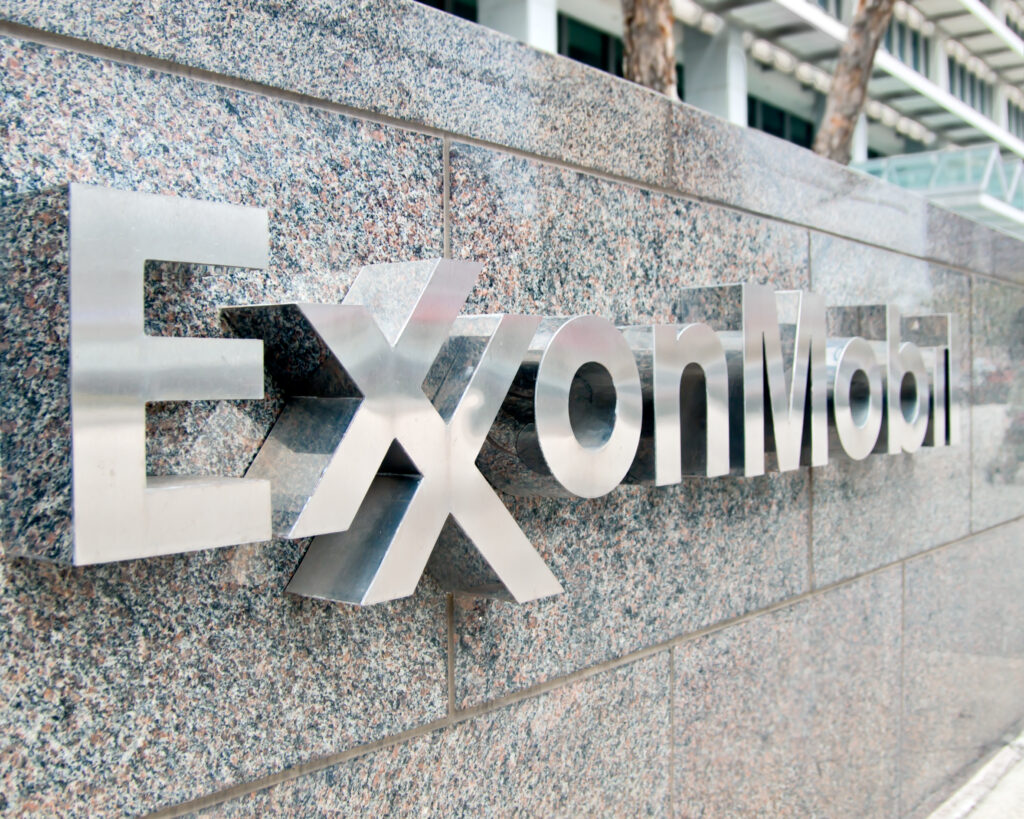Third-Party Litigation Funding (TPLF) has emerged as a troubling force in the civil justice system of the United States and internationally. This practice, where nonparties invest in lawsuits in exchange for a share of the proceeds, has grown exponentially over the past decade. However, despite its increasing prevalence in high-dollar civil litigation, TPLF operates largely in secret, evading the transparency and oversight that govern most industries. This lack of accountability has raised significant concerns among judges, legislators, and regulators, prompting calls for much-needed reforms.
ILR’s 2024 research, Grim Realities: Debunking Myths in Third-Party Litigation Funding, provides examples of how TPLF’s defenders often portray it as a benevolent business model aimed at increasing access to justice, when in fact it is anything but. The funder narrative suggests that a defining feature of TPLF is that it provides financial support to plaintiffs who might otherwise be unable to pursue their claims. However, this claim is highly questionable. The U.S. legal system already allows plaintiffs’ lawyers to work on a contingency-fee basis, and the American rule against fee shifting protects plaintiffs from bearing the costs of losing claims. Far from being altruistic, TPLF is primarily a profit-driven enterprise designed to maximize returns for investors, often at the expense of the plaintiffs it purports to help.
Recent examples highlight some of the most problematic features of TPLF—that it can allow funders to take control of cases, that it opens the door to foreign influence in U.S. courts, and that, whether in the U.S. or abroad, it can result in funders and lawyers taking advantage of vulnerable plaintiffs.
Taking Control of Cases
As related in Grim Realities, funder Burford Capital entered into a $140 million agreement with Sysco Corp., a large food distributor, to support Sysco’s antitrust litigation against a group of pork and beef suppliers. That funding agreement empowered Burford to veto any settlement offer Sysco might receive if Burford did not find it reasonable. Burford exercised that power, preventing Sysco from accepting settlement offers from the meat suppliers. Subsequent litigation between the two eventually resulted in Sysco exiting the antitrust lawsuit completely, while Burford created a new entity, Carina ventures, to take it over.
Foreign Influence in U.S. Courts
Additionally, TPLF has provided a means for foreign entities to exploit the U.S. legal system, potentially evading sanctions or gaining access to sensitive information. For example, a 2024 Bloomberg Investigation, titled Putin’s Billionaires Dodge Sanctions by Financing Lawsuits, found that “A1, a subsidiary of Russian financial giant Alfa Group, has backed lawsuits in New York and London, both before and after three of its billionaire founders were sanctioned following the 2022 invasion of Ukraine,” and stated that “[w]ith no reporting requirements and few regulations, deep-pocketed investors can pour millions of dollars into a case without ever appearing on a court docket. That’s opened a new kind of cross-border cash spigot used to skirt international law and the spirit of why sanctions were imposed in the first place.”
By allowing foreign actors to exert undisclosed influence in the American legal system, foreign-sourced TPLF also poses significant risks to U.S. national security. ILR’s 2022 research paper, A New Threat: The National Security Risk of Third-Party Litigation Funding, asserted that “[t]here is growing concern that a large volume of foreign-sourced money may be pouring into U.S. civil litigation against U.S. companies and industries (including those in defense and other highly sensitive sectors) through third party litigation funding (TPLF),” taking advantage of the opportunities TPLF creates for foreign actors to exploit commercial disputes, gain access to sensitive information, and influence litigation strategies to advance their own national interests. Grim Realities, cited above, documents the example of PurpleVine, a China-based IP services firm that was financing at least four intellectual property lawsuits in U.S. courts when its involvement was involuntarily disclosed thanks to a TPLF disclosure standing order from a Delaware federal judge. More recently, this blog has discussed an Australian funder’s involvement with a U.S.-based environmental nonprofit in litigation targeting ExxonMobil. These examples provide glimpses through the shadows surrounding TPLF, and hint at what might be uncovered if uniform disclosure requirements and other safeguards were implemented.
Taking Advantage of Vulnerable Plaintiffs
In other instances, funders have siphoned off significant portions of settlements, leaving plaintiffs with reduced recoveries after legal fees and funder payouts. As mentioned in Grim Realities, “[o]ne recent report explained that investors typically seek returns of three to four times their investment for a single lawsuit, or around 18% when they invest in a portfolio of lawsuits. That 18% figure is roughly equivalent to a very high-interest loan, or roughly 1.25 times the current average yield of a ‘junk bond’ (14%)—typically the last resort of companies seeking capital.” This dynamic is especially problematic in cases with vulnerable plaintiffs, as in a recent funded class action in Australia wherein the funders walked away with nearly AUS $100 million, while the plaintiffs—aboriginal workers seeking redress for decades of unpaid labor—received only AUS $10k – $14k.
Legislative Safeguards
The lack of transparency in TPLF exacerbates these problems. Without standardized disclosure requirements, courts, opposing parties, and sometimes even plaintiffs remain unaware of TPLF’s involvement in a case. This lack of transparency undermines the integrity of the judicial process and creates an uneven playing field. Recognizing these challenges, some states have taken proactive steps to begin to address the distortive effects of TPLF. Seven states (Arizona, Colorado, Kansas, Georgia, Montana, Oklahoma, and Tennessee) enacted TPLF laws this year, with varying combinations of safeguards including mandatory disclosure of funding agreements, joint liability for funders, prohibitions on foreign funding from countries of concern, and prohibitions on funder control over litigation decisions have been enacted to bring transparency and accountability to the practice.
While these state-level reforms are commendable, the absence of uniform federal disclosure and other regulatory regimes leaves significant gaps. However, significant legislative efforts are underway. The Litigation Transparency Act (H.R. 1109), introduced in February 2025, would require the disclosure of TPLF agreements in federal civil litigation, and the Protecting our Courts from Foreign Manipulation Act (H.R. 2675), introduced in April 2025, would increase transparency and oversight of foreign third-party litigation funding by requiring the disclosure of foreign-sourced TPLF in U.S. litigation and prohibiting foreign governments and foreign government-controlled entities like sovereign wealth funds from participating in it at all. Furthermore, attempts were also made in the context of the “One Big Beautiful Bill” to limit the significant tax breaks that TPLF providers receive.
TPLF’s unchecked growth and lack of oversight pose serious risks to the fairness and efficiency of the civil justice system. By promoting transparency, limiting funder influence, and holding funders accountable, policymakers can ensure that the legal system remains a tool for justice rather than a playground for hidden financial interests. The U.S. Chamber of Commerce’s Institute for Legal Reform continues to advocate for these critical changes, striving to protect the integrity of the legal system and the interests of all litigants.

